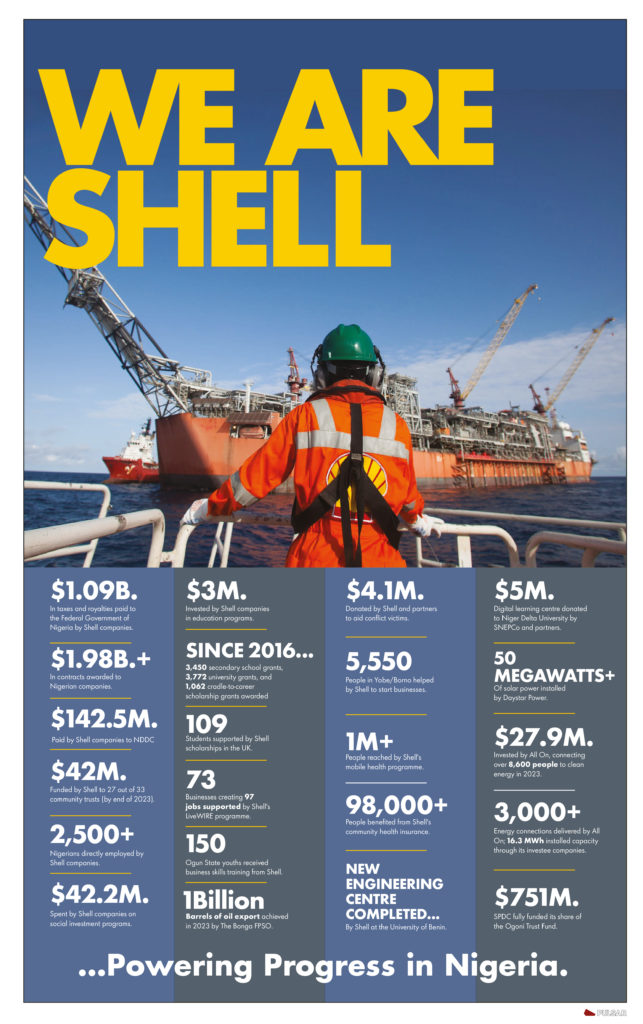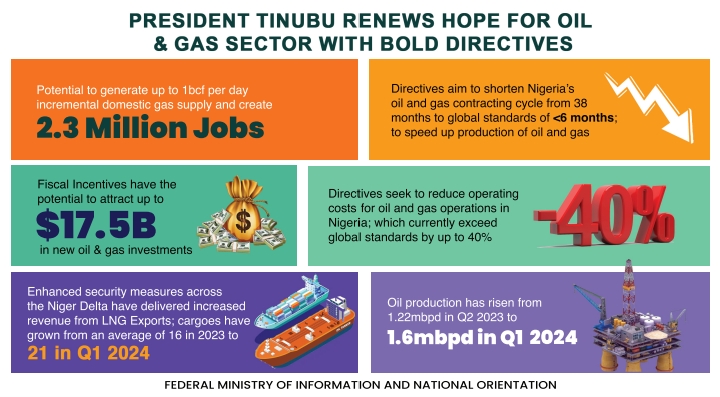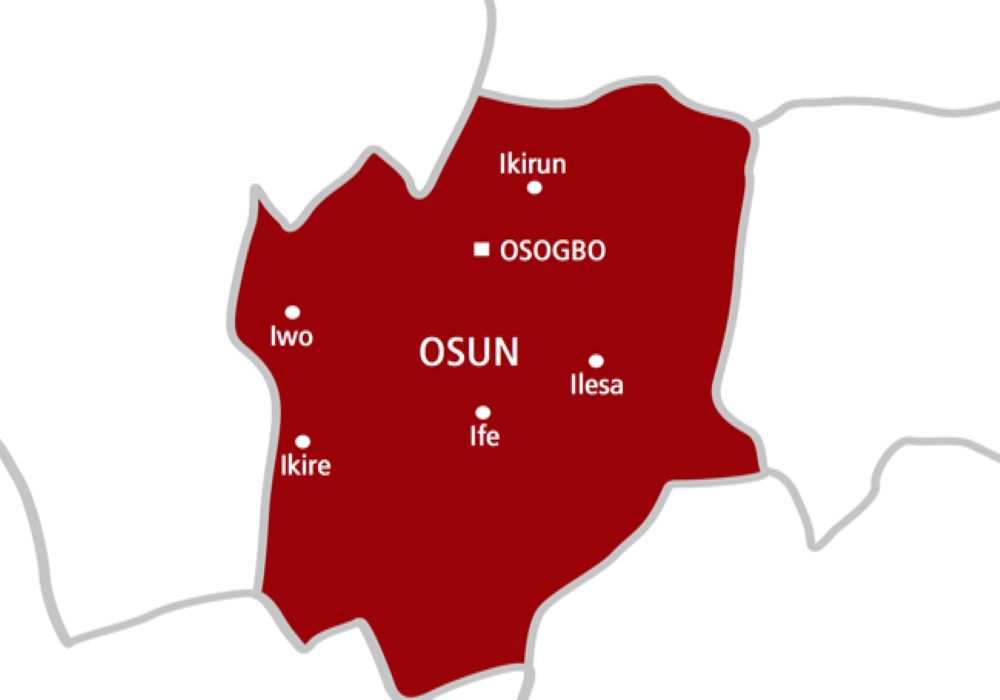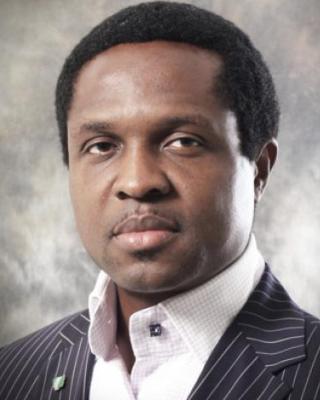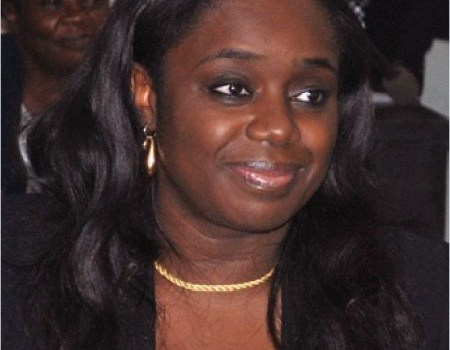Maritime
How cargo dwell time stalls trade facilitation at ports

LAGOS – The perennial port congestion seems to have defied all solutions that have been proffered by various government committees that were set up for that purpose.
A World Bank report has shown that Nigerian ports are the worst on the issue of cargo dwell time, a development the report says is not only stalling trade facilitation, but also causing inflation as the high cost of goods due to delay in the port are passed onto consumers
The report also indicated that Nigeria being the worst hit in t his situation, also has the least penalty for the use of the port as storage facility by importers.
The report also noted that while it takes at least 21 days to clear cargo from the ports in Nigeria, it takes between two to six days to clear cargoes from other ports that were considered in the report.
 In the report, it was said that while the storage rate in Nigeria attracts as low as $253, storage in the Port of Mombasa n Kenya attracts $546; the rate in Gothenborg in Sweden goes for $763; Sydney Australia $2,918 and that of New Jersey goes for as much as $3,673.
In the report, it was said that while the storage rate in Nigeria attracts as low as $253, storage in the Port of Mombasa n Kenya attracts $546; the rate in Gothenborg in Sweden goes for $763; Sydney Australia $2,918 and that of New Jersey goes for as much as $3,673.
The terminal operators are of the opinion that the low rates storage in the ports attract, could be be the reason why importers prefer to leave their cargoes in the ports.
The long dwell time of cargo at Nigerian seaports has become a problem, not only to efficiency but to port operation, part of the report said.
The Lagos Port Complex (LPC) and the Tin Can Island Port Complex (TCIPC) both in Apapa were used as the case study for the report just as it added that the attitude of importers to quick clearance of cargoes leaves much to be desired.
It further stated that the two major factors responsible for the high dwell time is poor clearing process, graft and low storage charges.
“Many importers and agents are not worried when their containers stay long at the port terminals because storage charges are low,” a Customs officer at LPC recently told journalists even as he urged terminal operators to make it unattractive for use of the port facilities for storage.
“Once those who leave containers for too long at the port are punished for doing so, every other issue will be addressed,” he stated.
In addition to long cargo dwell time, poor transport infrastructure around the ports such as narrow exit gates and multiple agencies are among others have been identified as major factors responsible for creating bottlenecks at the ports. According to concerned stakeholders, some clearing agents allegedly use port terminals as warehouses pending when they complete their long clearing process with Customs, thereby compounding congestion at the ports.
A maritime economist, Dr. Wilson Adeshina, said recently that cheap storage rates encourage the use of port facilities for storage.
– VANGUARD
Maritime
Maritime Governance: Minister Deposits Three Accession Instruments At IMO
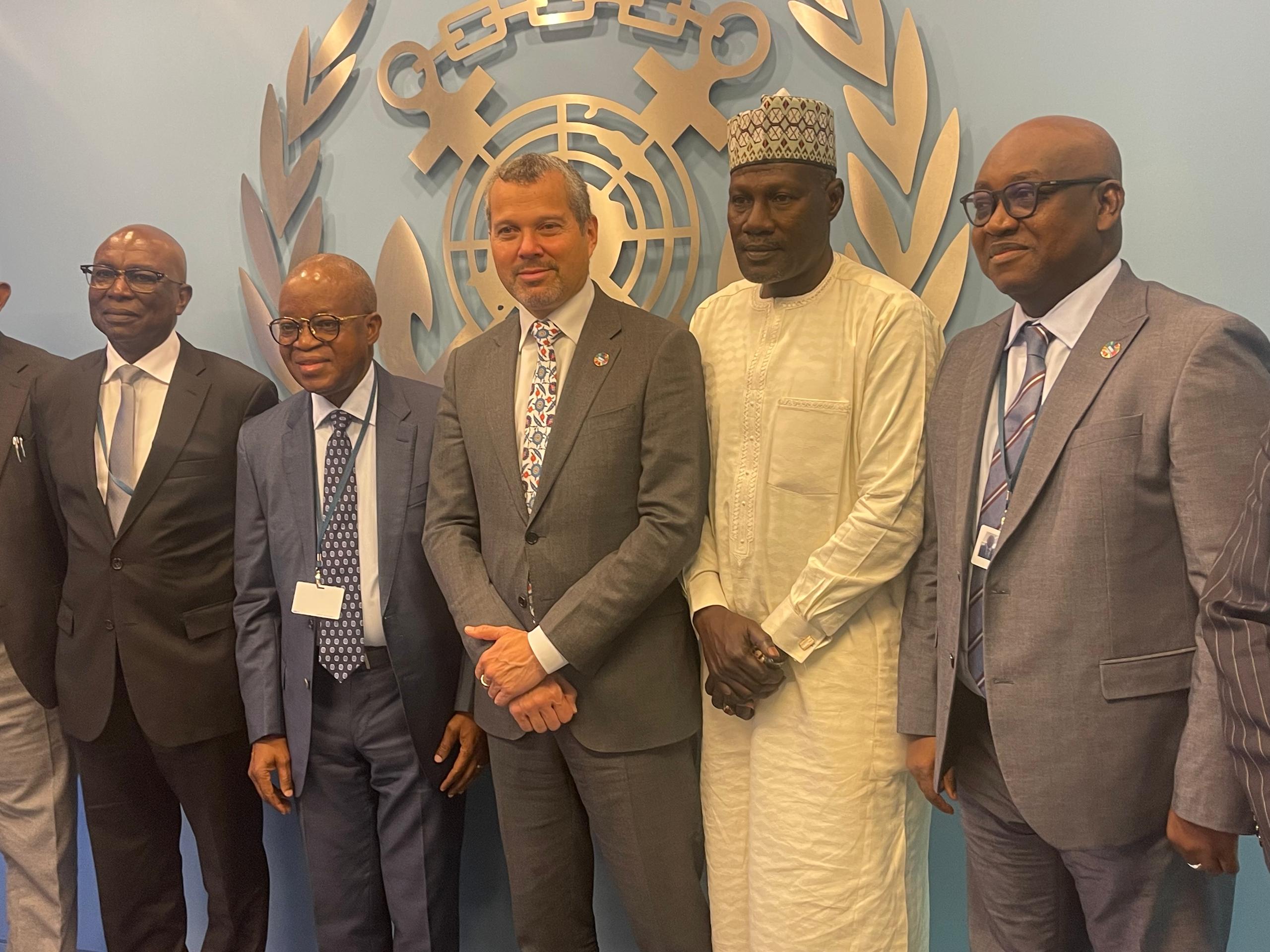
The Honourable Minister of Marine and Blue Economy, Adegboyega Oyetola has deposited three Instruments of Accession to IMO Conventions signed by President Bola Ahmed Tinubu with the global body.
He did so on Tuesday, at the headquarters of the International Maritime Organization (IMO), which acts as the repository for these conventions.
This move, coming a few weeks after Nigeria declared its intention to contest election for a seat on the IMO Council, is expected to enhance Nigeria’s maritime governance and align its practices with international standards, promoting maritime safety, security, and environmental protection.
Shortly after the presentation ceremonies, Oyetola informed the IMO Secretary General, Arsenio Dominguez, of the President’s commitment to ensuring that Nigeria aligns with international maritime standards regarding maritime safety, security, and sustainable marine practices.
ALSO READ: NNPCL Launches Utapate Crude Oil Blend, Eyes Production Expansion In 2025
He also called on the IMO to extend technical support to Nigeria.
In his words, “These instruments, duly acceded by His Excellency, the President of the Federal Republic of Nigeria, signify Nigeria’s continued commitment to aligning with international maritime standards, ensuring maritime safety and security, and promoting sustainable marine practices.
“We hereby request tailored technical cooperation under the Integrated Technical Cooperation Programme (ITCP) to enhance Nigeria’s compliance with IMO conventions and improve our maritime governance and implementation of the instruments we submitted today.”
On his part, Dominguez, acknowledged with appreciation the formal deposition of the Instruments of Accession, stating that it underscores Nigeria’s steadfast commitment to aligning with global maritime standards.
“I congratulate Nigeria for its exceptional efforts in acceding to these six critical IMO instruments. I encourage continued momentum by securing presidential assent to additional key conventions. We at the IMO remains fully committed to supporting Nigeria through technical cooperation and capacity-building initiatives to ensure the successful implementation of these instruments,” he stated.
The instruments Oyetola handed over to Dominguez include the instrument of accession to the 2005 Protocol to the Convention for the Suppression of Unlawful Acts against the Safety of Fixed Platforms Located on the Continental Shelf (SUA Protocol 2005), the instrument of accession to the International Convention on Standards of Training, Certification, and Watchkeeping for Fishing Vessel Personnel (STCW-F), and the instrument of accession to the Protocol Relating to Intervention on the High Seas in Cases of Pollution by Substances Other Than Oil (Intervention Protocol 1973).
It was gathered that three other Instruments of Accession signed by President Tinubu are undergoing further steps to complete the processes for their deposit.
Maritime
Capacity Dev’t: NIMASA Assures On Cabotage Vessel Financing Fund
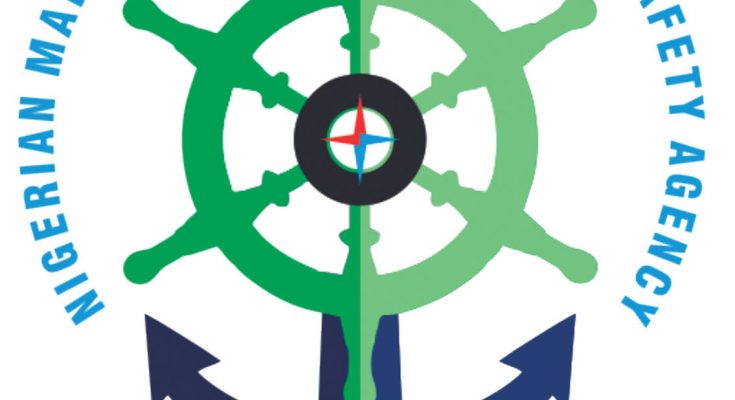
Funds accrued under the Cabotage Vessel Financing Fund (CVFF) are intact and currently held with the Central Bank of Nigeria (CBN) under the Single Treasury Account (TSA).
This assertion was made by the Nigerian Maritime Administration and Safety Agency (NIMASA), in a statement in Lagos on Tuesday.
The clarification became necessary to address “a misleading publication alleging that funds have disappeared from the CVFF account”.
ALSO READ: Okpebholo Hits Ground Running, Flags Off Edo’s 1st Flyover Bridge
The statement reads, in part, “The report of a missing money is both misleading and false.
“For the record, the Cabotage Vessel Financing Fund, securely held in the NIMASA account at the Central Bank of Nigeria (CBN), remains intact. There has been no disappearance of funds, and no illegal transactions, as the article suggests. This misinformation is a figment of the authors imagination, aimed at undermining NIMASA’s integrity, and mislead the public about the Agency’s operations.
“The Management of NIMASA will ensure that the CVFF is utilised in line with its statutory purpose. NIMASA Director General, Dr Mobereola has assured stakeholders of the safety of funds under the CVFF.”
The statement cited the DG thus, “Let us be clear that the CVFF account at the Central Bank of Nigeria is safe, intact, and secure. We at NIMASA will continue to manage it with the utmost responsibility, and there are no irregularities or illegal activities surrounding the funds. I urge the public to disregard this false narrative and to continue trusting the Agency’s ability to uphold the integrity of Nigeria’s maritime sector”.
It was gathered that the CVFF is a fund established under section 42 of the Coastal and Inland Shipping (Cabotage) Act 2003 to promote the development of indigenous ship acquisition capacity and to provide credit facilities to local maritime operators.
The NIMASA, assured of its commitment “to transparency, accountability, and the advancement of Nigeria’s maritime sector.”
Maritime
Okpebholo Hits Ground Running, Flags Off Edo’s 1st Flyover Bridge
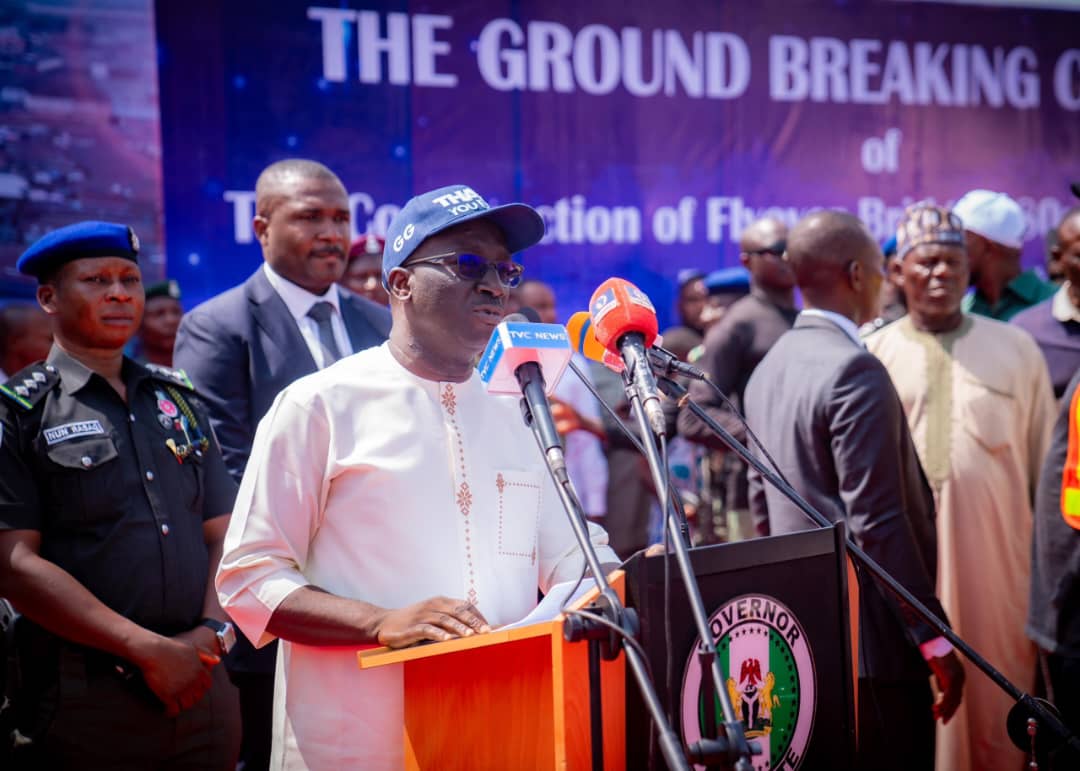
Edo State Governor, Senator Monday Okpebholo appears eager to deliver the dividends of democracy to his constituents.
This is discernible from the frenzy of activities being witnessed in his first few days on the job, including dissolution of boards, constitution of investigative panels, flagging off of infrastructure projects, among others.
In the bid to address the perennial road traffic congestion negatively impacting economic and social activities in Benin City, the state capital, Gov Okpebholo on Wednesday flagged off the construction of a flyover bridge.
Biztellers reports that the flyover bridge around the popular Ramat Park in the city centre is the first of such in the history of Edo State.
ALSO READ: Tinubu Seeks ₦1.767tn Loan to Tackle 2024 Budget Deficit
The Edo State Government made the disclosure in its verified handle on micro-blogging site, X, on Wednesday.
It wrote, “Traffic decongestion: Gov Okpebholo flags off first flyover in Edo.
“Edo State Governor, Sen. Monday Okpebholo has flagged off the construction of a flyover bridge at Ramat Park, Benin City, the State Capital, as part of immediate efforts to reduce traffic congestion in the city.”


